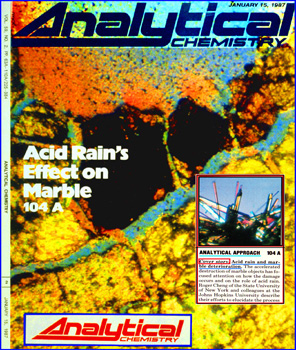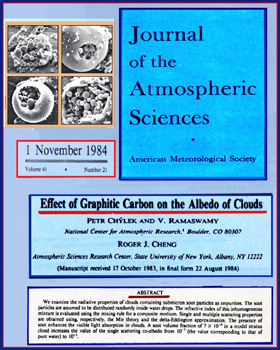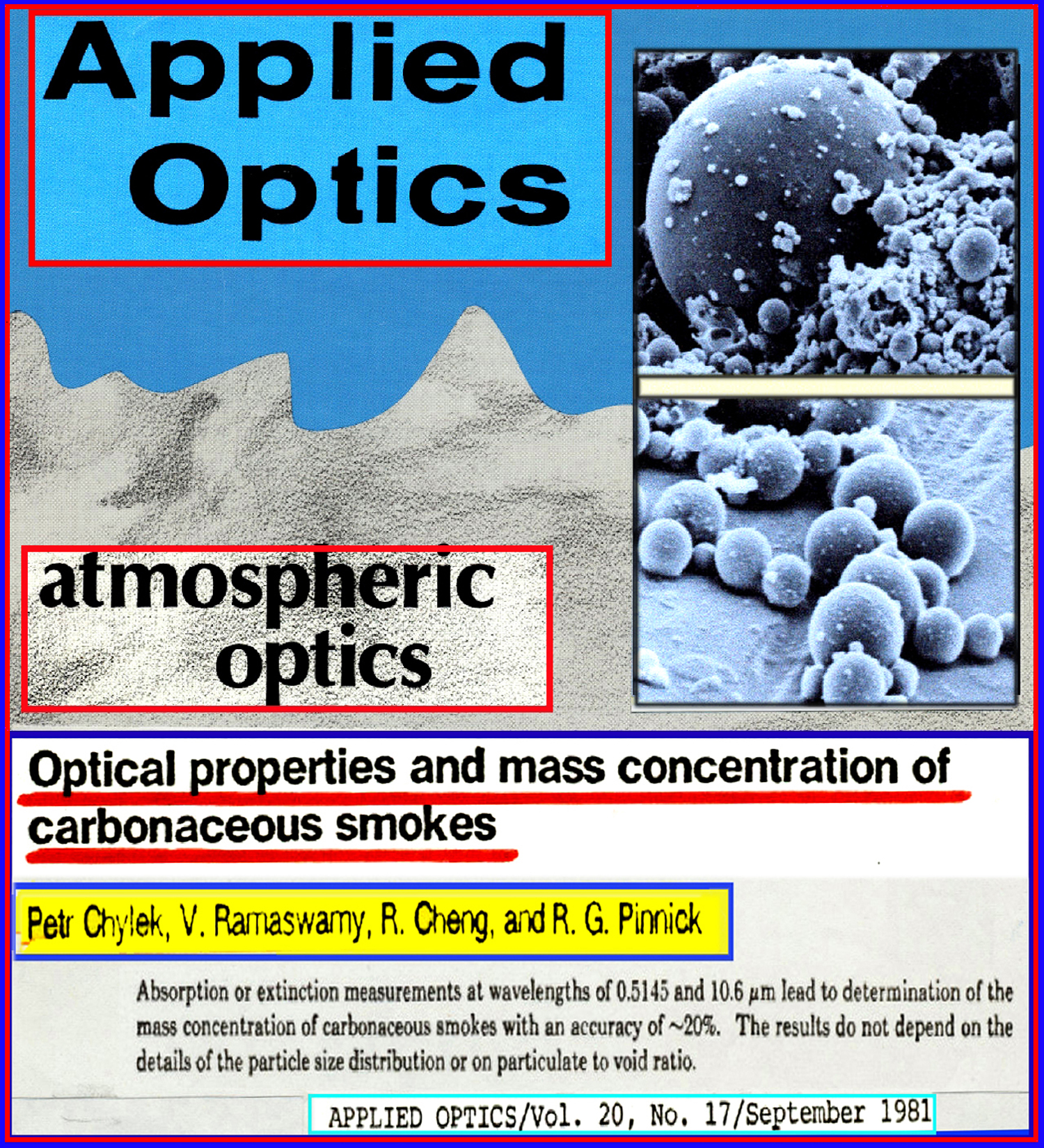|
ABSTRACT
Microscopically
Investigation of volcanic ash collected from ground stations
during Mount St. Helens eruptions reveal a distinctive bimodal
size distribution with high concentrations of particle ranges
at (1) 200- 100 um and (2) 20-0.1 um, respectively. Close
examination of individual particles show that larger ones
are solidified magma particles of porous pumice with numerous
gas bubbles at its interior, and that the smaller ones are
all glassy fragments without any detectable gas bubbles. Very
few of the fragments are below 0.1 um and no evidence could
be found indicating that the small particles are formed by
the condensation process.
Elemental
analysis demonstrates that the fine fragments all have a composition
similar to those of the larger pumice particles. Laboratory
experiments suggest that the formation of the fine fragments
is by bursting of glassy bubbles from a partially solidified
surface of a crystallizing molten magma particle. The production
of gas bubbles is due to releasing absorbed gases in molten
magma particles when solubility decreases, during phase transition.
Diffusion cloud chamber experiments strongly indicate that
sub-micron volcanic fragments are highly hygroscopical and
extremely active as cloud condensation nuclei. Ice crystals
also are evidently formed on those fragments in a super cooled
(-20°C) cloud chamber. It has been reported that charge generation
from ocean volcanic eruptions is due to contact of molten
lava with sea water. This seems insufficient to explain the
observed rapid and intense lightning activities over Mount
St. Helens eruptions.
A hypothesis
is, therefore, presented here that highly electric charged
fine solid fragments are ejected by bursting of gas bubbles
from the surface of a crystallizing molten magma particle.
The charge separation process by thermal electric effect is
taking place within this crystallizing particle, and their
polarities are determined by temperature gradient between
the colder surface of the solid glassy bubbles and Interior
of the particle with a much higher temperature. After bursting,
positively charged fine fragments are ejected and carried
by convection to the top of a volcanic plume and negatively
charged and heavier solidified plumic particles gradually
fall by gravity to the base of the plume, and eventually reach
the ground.
It is
suggested that the fragmentation of volcanic ash and its accompanying
electrification may play an important role in the generation
of electric fields which may become strong enough to initiate
lightning during volcanic eruption, and also have definite
impact on climatological effects in the atmosphere.
|










.jpg)






